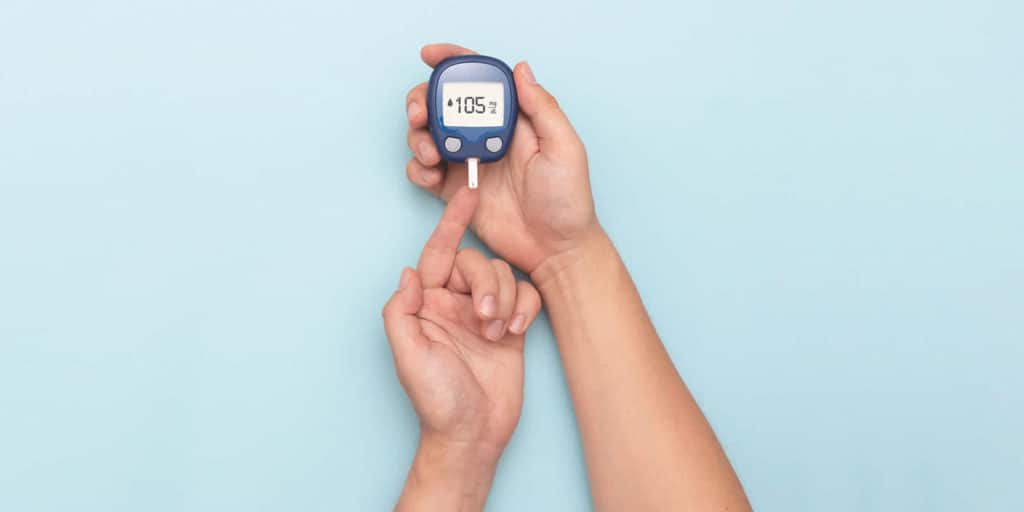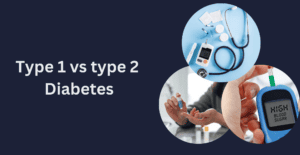With appropriate dietary changes and consistent exercise, many diabetics have been able to control their blood sugar levels. But did you know that using acupressure or other natural therapies can successfully lower your blood sugar levels? Yes! A straightforward and secure method for controlling diabetes is acupressure.
How Do Acupressure Points Work?
The origins of the ancient practice of acupressure can be found in Traditional Chinese Medicine (TCM). It helps treat a number of medical ailments and encourages wellbeing and relaxation. To activate particular biological functions, the procedure includes gently pressing on specific locations. You can increase blood flow, organ function, and blood sugar control by massaging the appropriate acupressure spots.
How Can Acupressure Help People With Diabetes?
Acupressure as a therapeutic approach focuses on eradicating symptoms at their source. Diabetes is a chronic disease brought on by elevated blood sugar levels. It happens as a result of an imbalance in the hormone insulin, which is generated by the pancreas and aids in controlling blood sugar levels. Acupressure can control your pancreas function to help you manage diabetes more successfully. Additionally, it aids in metabolism improvement and battles obesity, a significant risk factor for Type 2 diabetes.
The following are The Five Pressure Points For Diabetes:
The acupressure point for diabetes in the hand lies between the thumb and forefinger on the inside of the wrist. It is also located between the big toe and second toe, below the knees on both sides, and at the top of the calves on both legs.
These spots can be gently rubbed for five minutes to increase blood flow and digestion. Blood sugar levels are lowered as a result. This diabetes acupressure treatment is safe and has no known negative effects, so you can use it every day. But keep in mind that you should also maintain a daily exercise schedule.
Make sure you have a comprehensive plan for managing your diabetes, including what you eat, what you drink, how much you exercise, and acupressure.









